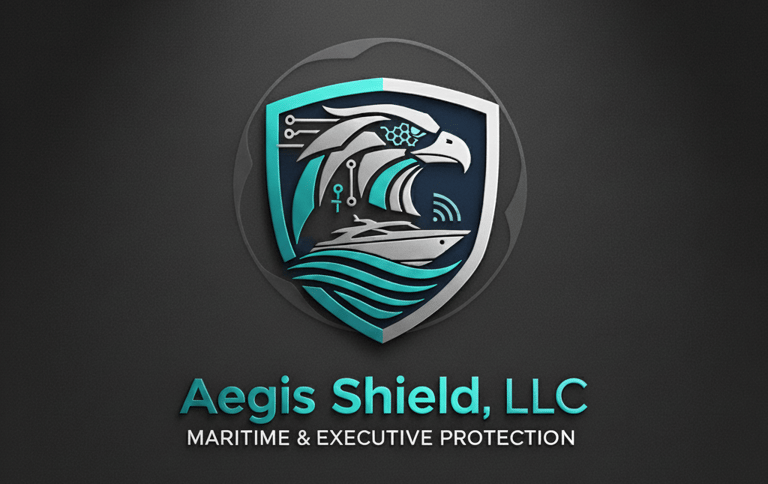
Maritime Cyber Security
Why You Need Maritime Cyber Security
Maritime cyber threats refer to cyberattacks targeting the shipping industry, ports, vessels, and related infrastructure, which handle over 80% of global trade. These threats have escalated in recent years due to increasing digitization, such as reliance on GPS, AIS (Automatic Identification System), IoT devices, and interconnected supply chains. In 2025, cyber risks are ranked among the top concerns for the maritime sector, with attacks potentially disrupting operations, compromising safety, and enabling economic or geopolitical sabotage. Criminal gangs, nation-states, and insiders pose significant risks, with incidents like ransomware and spoofing becoming more frequent.
Common Types of Maritime Cyber Threats
Maritime systems are vulnerable due to legacy technology, remote operations, and integration with global networks. Key threats include:
GPS/AIS Spoofing: Attackers falsify location data, leading to navigation errors, collisions, or smuggling facilitation. A recent example in 2025 involved GPS spoofing disrupting navigation in Qatar, threatening vessel safety.
Ransomware and Malware: These encrypt critical systems like cargo management or engine controls, demanding ransoms. Attacks have quadrupled in recent years, exploiting remote work vulnerabilities.
State-Linked Attacks: Nation-states target ports as critical infrastructure for espionage or disruption, affecting defense logistics and trade.
Phishing and Insider Threats: Crew or staff are tricked into granting access, or malicious insiders exploit weak controls.
Supply Chain Vulnerabilities: Compromised software or hardware in vessels or ports can lead to widespread breaches.
These threats can result in financial losses, environmental disasters, or loss of life, as seen in historical cases like the NotPetya attack on Maersk in 2017, which cost billions.
Recent Developments in 2025
As of October 2025, the maritime sector faces heightened risks amid global tensions and technological advancements. Key highlights:
The International Chamber of Shipping's 2024/2025 report lists cyber attacks as a primary risk, urging enhanced preparedness.
OmniAccess's Global Maritime Cyber Threat Report 2025 details evolving landscapes, including AI-driven attacks and hybrid threats combining cyber with physical elements.
Canada's National Cyber Threat Assessment 2025-2026 evaluates broader cyber threats, including those impacting maritime trade routes.
BBC reports indicate increased targeting by hackers, with cargo ships vulnerable to nation-state interference in conflict zones.
Broader security concerns, like illegal fishing and pollution, intersect with cyber threats in vulnerable regions.
Mitigation and Guidelines
The International Maritime Organization (IMO) provides key frameworks for addressing these risks. Their Guidelines on Maritime Cyber Risk Management, originally from 2021 and revised in 2025, emphasize risk assessments, crew training, and incident response plans. Recommendations include:
- Implementing multi-factor authentication and network segmentation.
- Regular vulnerability scans and updates for onboard systems.
- Developing playbooks for spoofing alerts and hardening against attacks.
- Collaboration with cybersecurity firms for real-time monitoring.
For ports, NATO and similar bodies stress protecting critical nodes from state-linked threats. Overall, proactive measures like those in the IEEE's analysis can help the industry adapt to these big changes. If you need details on specific threats or defenses, let me know!








© 2025. All rights reserved.
